Don't wanna be here? Send us removal request.
Photo

The Invasion Of Normandy June 6, 1944 (colorized)
#memes#history memes#history#d day landings#d day#normandy#france#germany#great britain#usa#allies#axis#ww2#wwii#wwii history#spongebob
499 notes
·
View notes
Photo
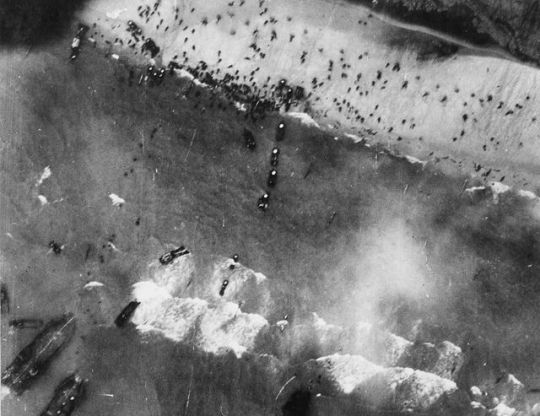
Aerial photo of Omaha Beach during D-day, 1944
via reddit
336 notes
·
View notes
Text
Hindsight is 20/20 because we make it that way - and the evolution of how we tell history by comparing past to present plays into it
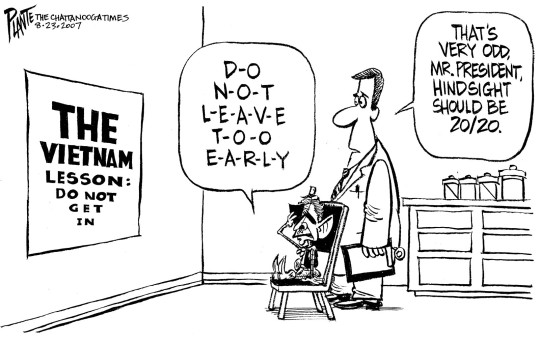
http://www.planteink.com/cartoon/plantb20070824/
In the 2017 monograph, The Fate of Rome: Climate, Disease, and the End of Civilization, Kyle Harper explains the intersections of the Roman timeline with disease and climate change to illustrate how Rome was brought down by a perfect storm of illness and climate fluctuation patterns.
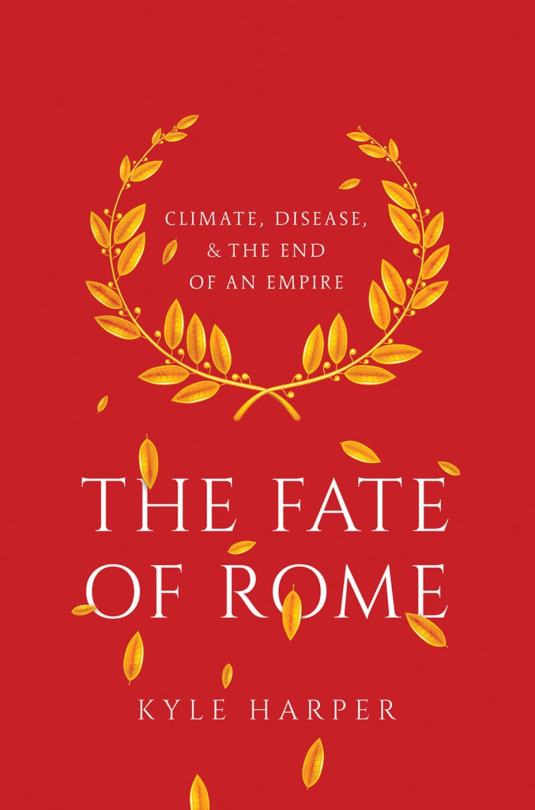
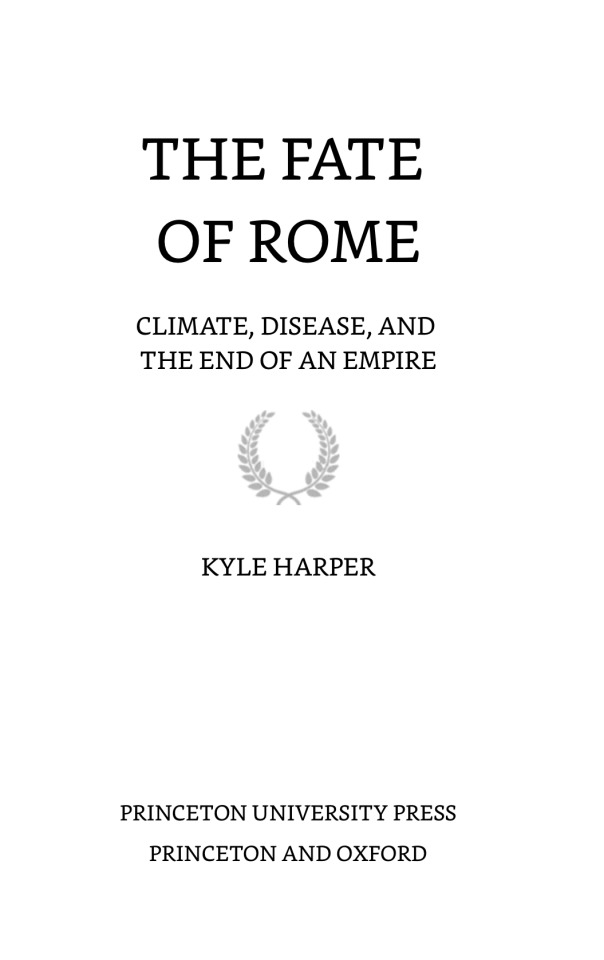
In contrast, Edward Gibbon wrote one of the most recognizable text on Rome, in which he blamed the fall of the empire on religion and Christianity.
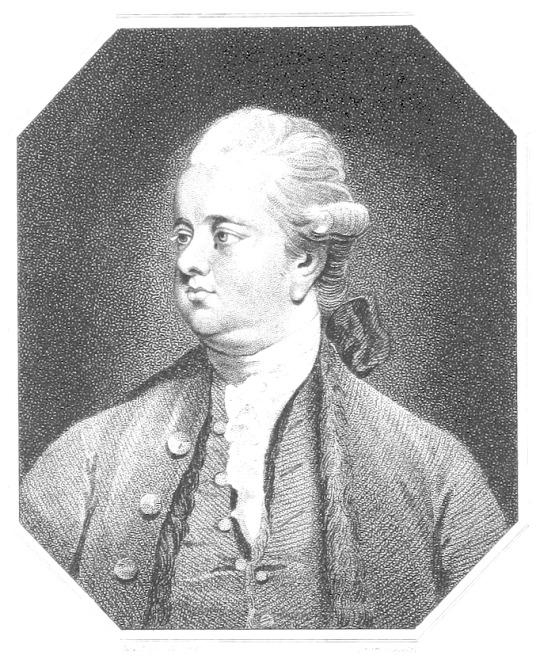
History is a product of the historian’s environment. Harper writes in 2017 when disease and climate change are frequently discussed publicly. Gibbon wrote in the 1770s during Enlightenment, when secularism was rampant, so blaming the fall on Christianity felt like the thing to do. That doesn’t mean that one author’s theory is better than the other, they uphold their claim with evidence, but each of the hundreds of theories about the collapse of the empire has some root in the author’s background, belief, or their environment.
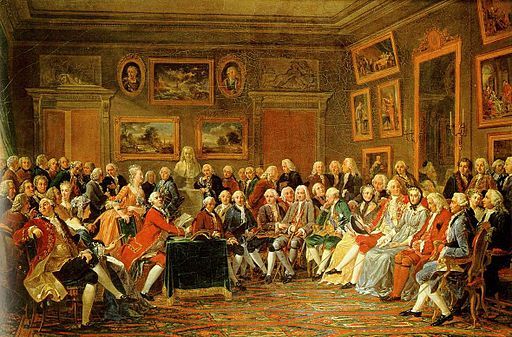
French Salon de Madame Geoffrin
Each of these authors wrote about the past through the lens of their current world.
Back to Harper’s text, one of the climate elements he discusses is ENSO, or El Nino, and its impact on the manifestation of the Justinian Plague in the 6th Century.
Mike Davis, in his 2000 text, also looks to ENSO to help explain a phenomenon, the droughts in India that combined with British politics and economics to quite literally create the Third World. You can see a diagram I made for more about this here.
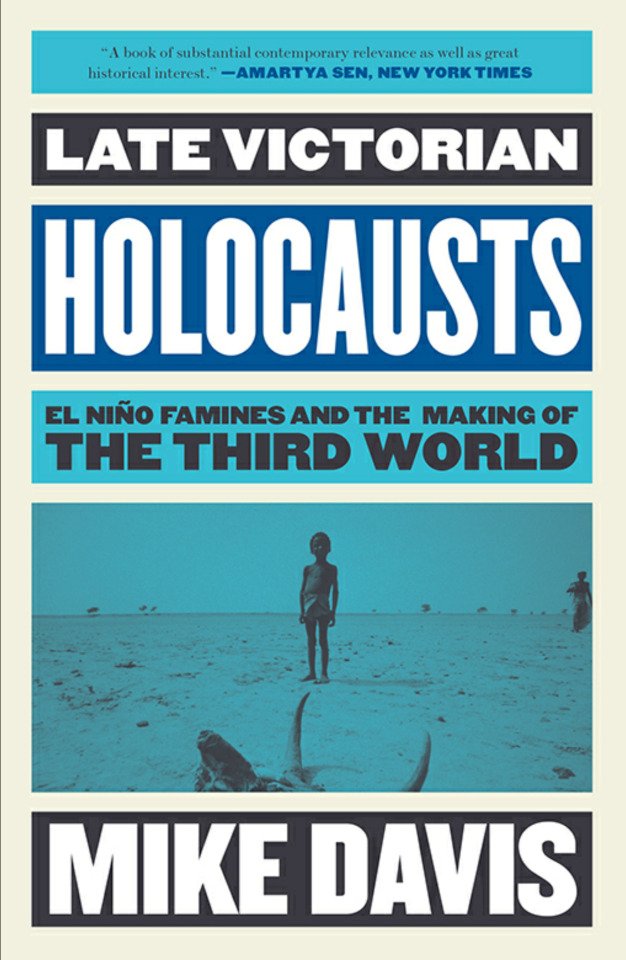
We have only been tracking ENSO data since about 1950, so we have had to go back to study a lot, such as looking at ice cores and tree rings to learn about climate in Rome.
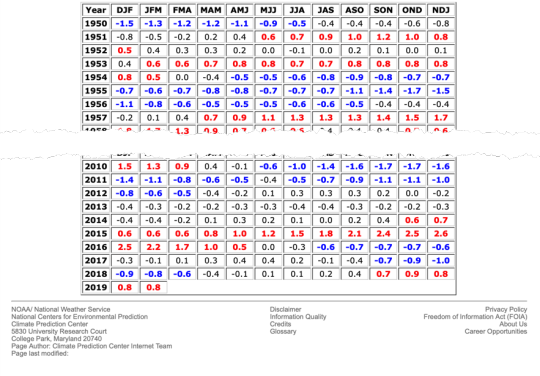
https://origin.cpc.ncep.noaa.gov/products/analysis_monitoring/ensostuff/ONI_v5.php
But with science, we are now able to make meaningful connections to evidence that has been there for centuries. An example of this is the study of the specific scaring that Tuberculosis (TB) leaves behind on bones. Scientists can now say there was TB in the Roman Empire. New scientific discoveries such as the existence of ENSO and diseases such as TB, malaria, leprosy, and a host of others in Rome allows historians to expand on narratives and gain a more complete picture of the past. But ultimately, they are driven by the science and philosophy of their time.
Scientists can now measure femur lengths that have been dated to Romans to show their low quality of life. A similar thing happened as a result of the Industrial Revolution in the US, where health conditions and average height declined in what is known as the Antebellum Paradox. In the US it was the trains, in Rome it was partly the disease.

Harper p. 77 Kindle Edition
There has long been a divide between the social and hard sciences, but now we have the technology to blur the lines a bit.
Another text adjacent to the connection between social and hard sciences is The Landscape of History, which contains lectures by John Gaddis. Gaddis cites similarities such as having standards for the practice of history, peer-review processes and advancing methodologies and theories through time.
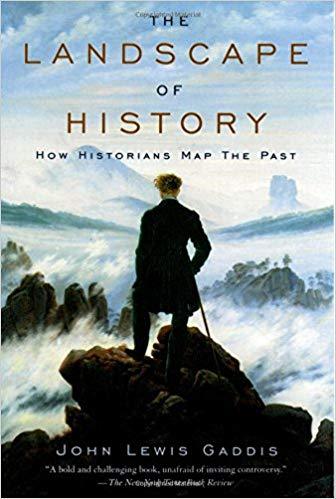
Harper’s book is just one of many steps toward interdisciplinary work that will open many doors to tell us much more about our past. Scientific, political, cultural, and societal shifts in our current world continually affect how we can and DO view the past.
#history#historiography#historical methods#rome#disease#India#third world#mike davis#kyle harper#john gaddis#hst580#climate change#enso#edward gibbon
0 notes
Text
Apr 6 1917 in WWI
Newspaper coverage of President Wilson signing Resolution for America entering WWI
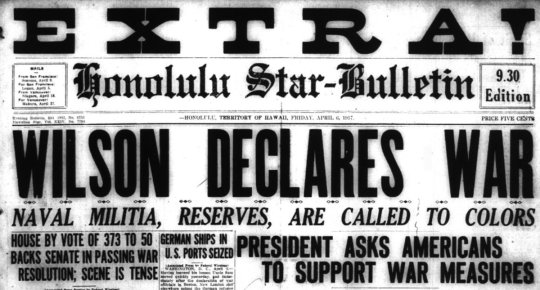
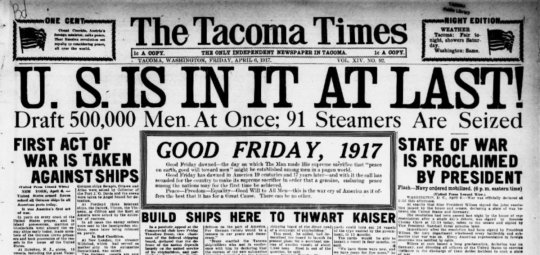

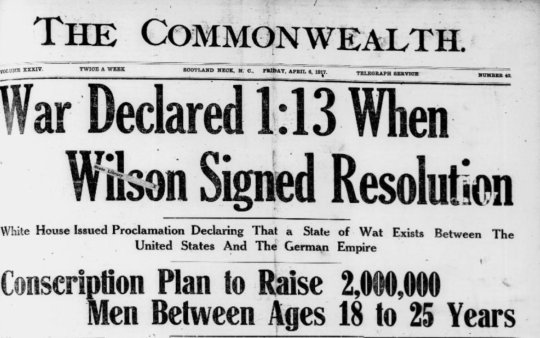
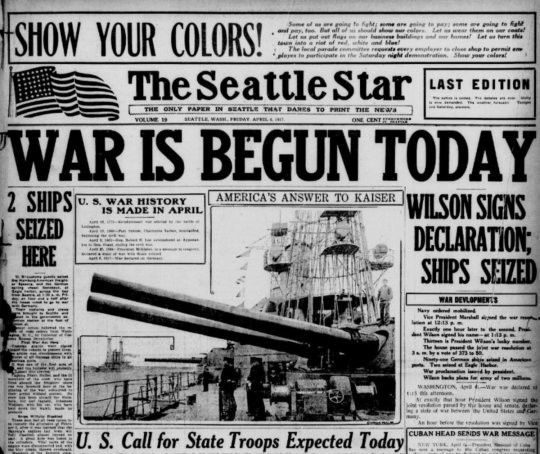
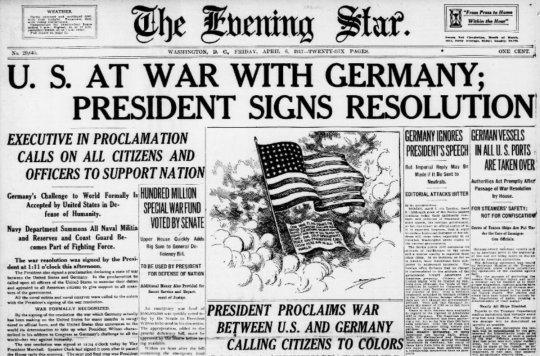
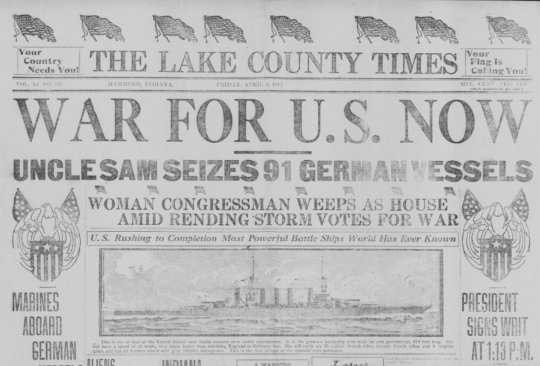
88 notes
·
View notes
Text

On this date in 1862, the Battle of Shiloh began. Six days later, the fighting in western Tennessee had a direct-relationship for James Andrews and his raiders, when they stole the locomotive ‘General’ here in Big Shanty. I discussed the raid today at the Southern Museum of Civil War & Locomotive History and will repeat tomorrow at 1:00 p.m.
#civil war#american civil war#civilwar#april 6 1862#us history#american history#history#this day in history
3 notes
·
View notes
Photo
Groundbreaking: August 5, 1966
Ribbon cutting: April 4, 1973
Time Spent: 6 years, 8 months or 2,435 days
Stood: 28 years, 5 months, 8 days or 10,388 days
Destroyed: September 11, 2001
Today (April 4, 2019) the World Trade Center would have been 46 years or 16801 days old.
Instead it was lost 17 years, 6 months, 25 days or 6,415 days ago

Two homeless men squat in the shadow of the recently completed World Trade Center in 1975. .
via reddit
2K notes
·
View notes
Photo
Jul 17, 1936 - Apt 1, 1939
(So not reblogged on the actual 80th anniversary, but a few days off is close enough)

British volunteers in the Spanish Civil War, 1937. The War ended 80 years ago today.
via reddit
496 notes
·
View notes
Text
Apr 3 1915 in WWI
The Neutral Press call Joffre’s French attack the Snail Offensive - Lustige Blätter
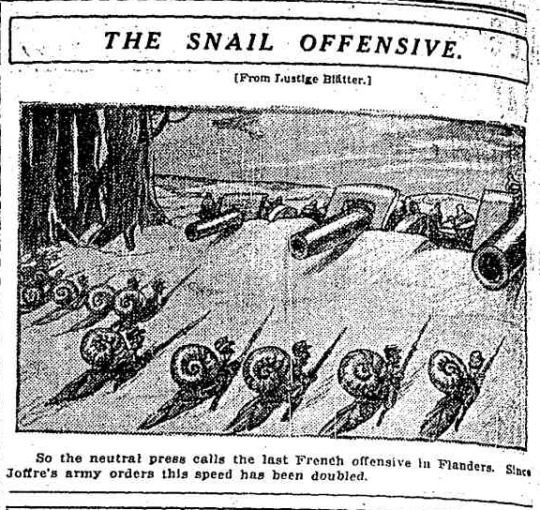
41 notes
·
View notes
Text
Was The Civil War about slavery or state rights? Reblog your explanation.
109 notes
·
View notes
Link
0 notes
Text
Julius Caesar, 2063 years ago: hey what have you got there?
The Roman senators:

53K notes
·
View notes

